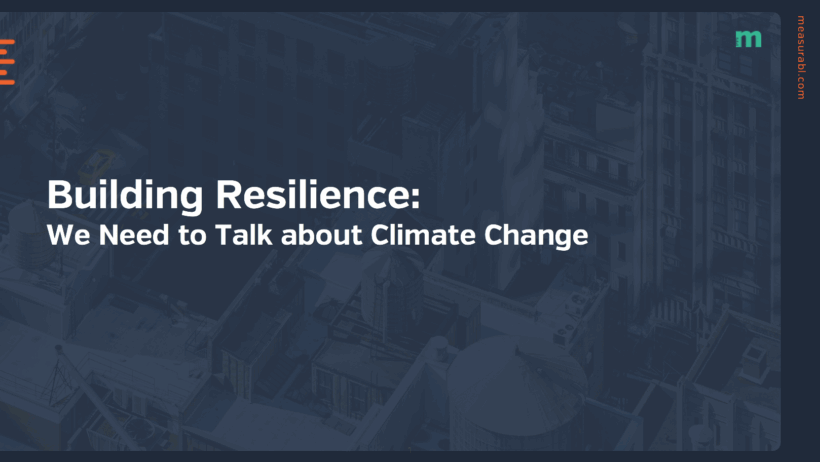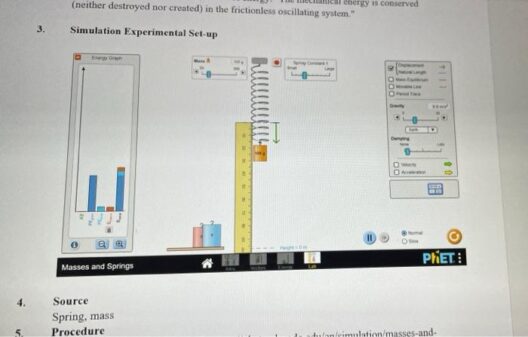Global warming, a byproduct of anthropogenic activities, is increasingly manifesting its deleterious effects on ecosystems and human societies worldwide. Preparing for this multifaceted crisis demands comprehensive strategies that involve building resilience in our communities. This discussion delves deep into various aspects of preparation for global warming, emphasizing the need for adaptive measures, community engagement, policy advocacy, and sustainable practices.
First and foremost, understanding the implications of global warming is crucial. The rise in average global temperatures has been linked to a myriad of consequences, including rising sea levels, increased frequency of extreme weather events, and disruptions in biodiversity. Communities must recognize these threats not as distant realities, but as imminent challenges that necessitate proactive measures.
One pivotal approach to building resilience lies in enhancing community infrastructure. Resilient infrastructure is designed to withstand adversity, whether it be flooding, storms, or heatwaves. Urban planning must incorporate green spaces, permeable surfaces, and strategically placed water retention systems. For instance, cities can invest in advanced stormwater management systems that not only mitigate flooding but also enhance urban aesthetics and biodiversity. This synergy of environmental and visual benefits fosters a more liveable community while addressing the immediate risks posed by climate change.
Another essential aspect is the establishment of robust local economies. Economic resilience in the face of climate-induced disruptions can be achieved through diversification. Communities that rely heavily on a single industry are particularly vulnerable to climate impacts. Encouraging small businesses, supporting local agriculture, and promoting sustainable practices within these economic sectors can create a buffer against the unpredictability thrust upon us by global warming. Moreover, fostering a local circular economy—where waste is minimized, and resources are reused—can also contribute to economic stability and resilience.
Education plays a transformative role in preparing for global warming. Communities must engage in educational programs that inform residents about climate change, its impacts, and resilience strategies. Schools, local organizations, and community leaders should collaborate to disseminate information on sustainable practices, disaster preparedness, and the importance of individual actions in combating climate change. Workshops on energy efficiency, waste reduction, and sustainable gardening not only empower residents but also create a culture of sustainability that permeates the community.
Moreover, community engagement is vital to instilling a sense of shared responsibility. Involvement in local decision-making processes allows residents to voice their concerns and contribute to resilience-building initiatives. Establishing community committees focused on sustainability can enhance participation and promote innovative solutions tailored to local needs. For example, organizing neighborhood clean-up days or tree-planting events fosters camaraderie while reinforcing the importance of environmental stewardship.
Policy advocacy is equally imperative in the realm of climate resilience. Local governments must prioritize environmentally conscious policies that align with sustainability goals. This may encompass implementing stringent building codes that mandate energy-efficient designs, investing in renewable energy sources, or developing programs that incentivize climate-resilient practices among businesses and homeowners. It is essential for community members to lobby for such policies, as collective action can lead to more substantial change at the municipal and state levels.
Furthermore, collaboration with regional and global organizations can exponentially enhance a community’s resilience against climate change. By aligning local action with broader initiatives, communities can draw on additional resources, expertise, and funding opportunities. Partnerships with universities, non-profits, and conservation organizations create networks of support that enable knowledge sharing and best practices dissemination. These alliances can also catalyze community projects aimed at addressing specific vulnerabilities tied to climate change.
In the health sector, preparing for global warming involves addressing potential public health crises that may arise as a result of climate fluctuations. Heatwaves, for instance, can exacerbate existing health disparities and increase mortality rates among vulnerable populations. Communities should develop contingency plans that encompass heat response strategies, including establishing cooling centers and ensuring access to medical care. Additionally, public health campaigns aimed at educating residents about the health risks associated with climate change can empower individuals to take preventative actions.
Finally, individuals must embrace lifestyle changes that contribute to wider community resilience. Simple actions, such as reducing energy consumption, opting for public transportation, and supporting local food systems, can collectively mitigate the impacts of global warming. These efforts exemplify the adage that every little bit counts; individual responsibility fosters communal strength in the face of a climate crisis.
Building resilience in our communities in preparation for global warming is not just a necessity; it is an imperative. From infrastructural enhancements to economic diversification, educational initiatives to policy advocacy, the pathway toward resilience requires a concerted effort from all stakeholders. By harnessing the collective strength of individuals, organizations, and policymakers, we can craft a viable roadmap that leads to a more sustainable, adaptable world. In the face of adversity, our communities can emerge not only intact but empowered, equipped to tackle the climate challenges of the future.








